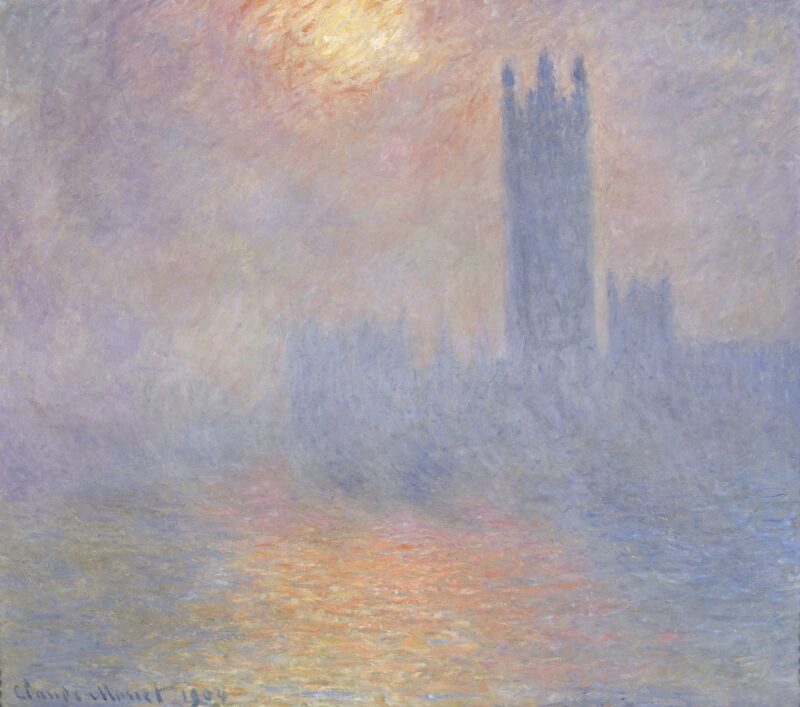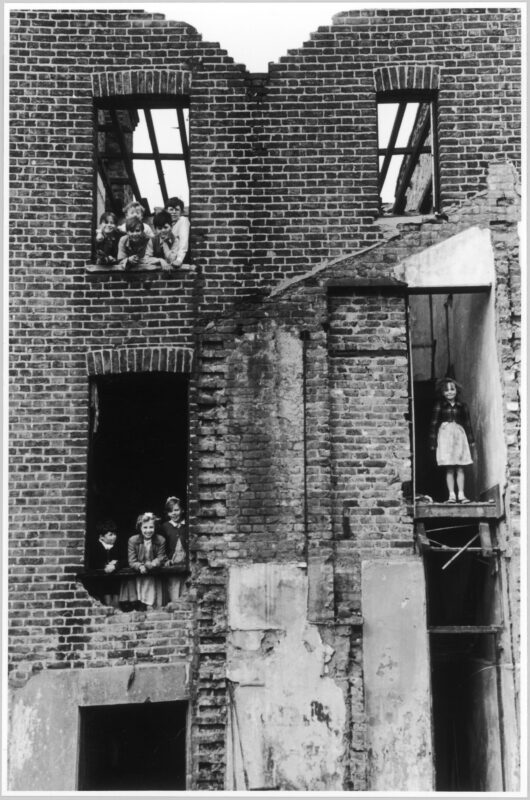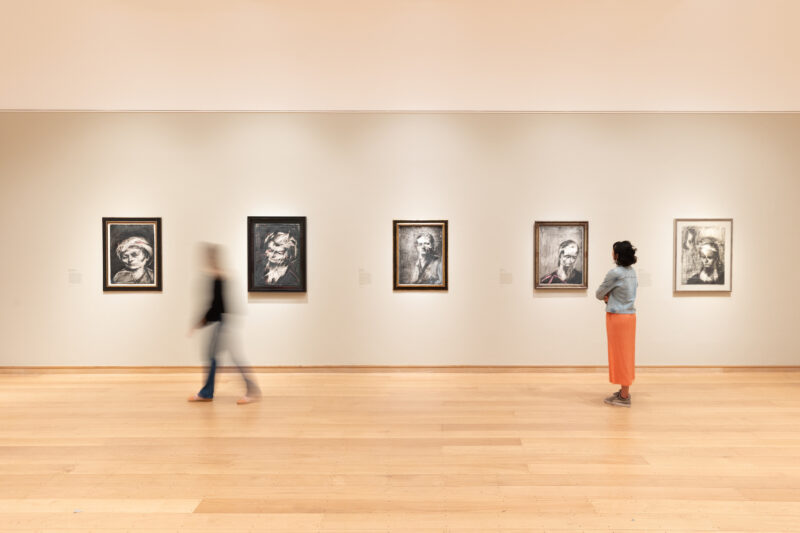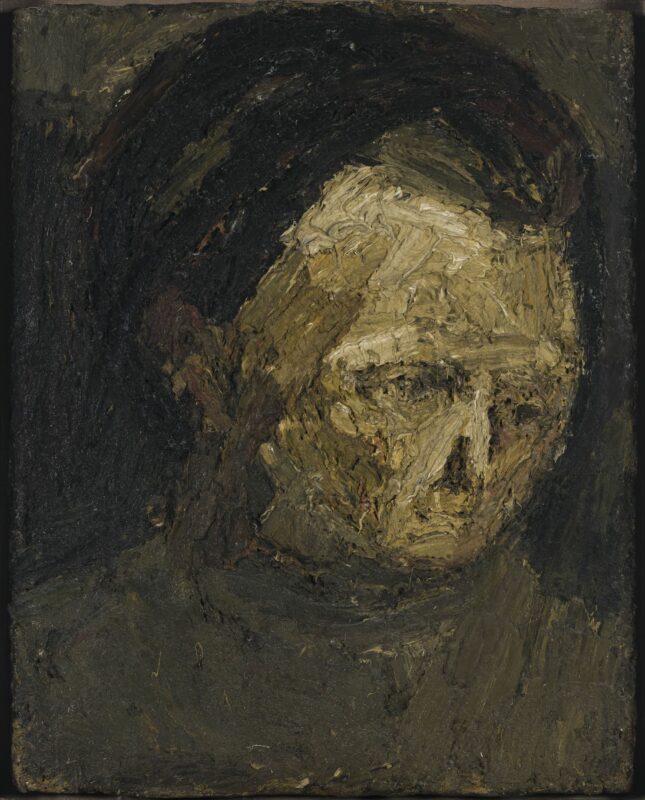A group of hauntingly beautiful, large-scale portrait heads in charcoal by Frank Auerbach (b. 1931) – considered some of his early masterpieces – will be presented together for the first time in an exhibition at The Courtauld Gallery.
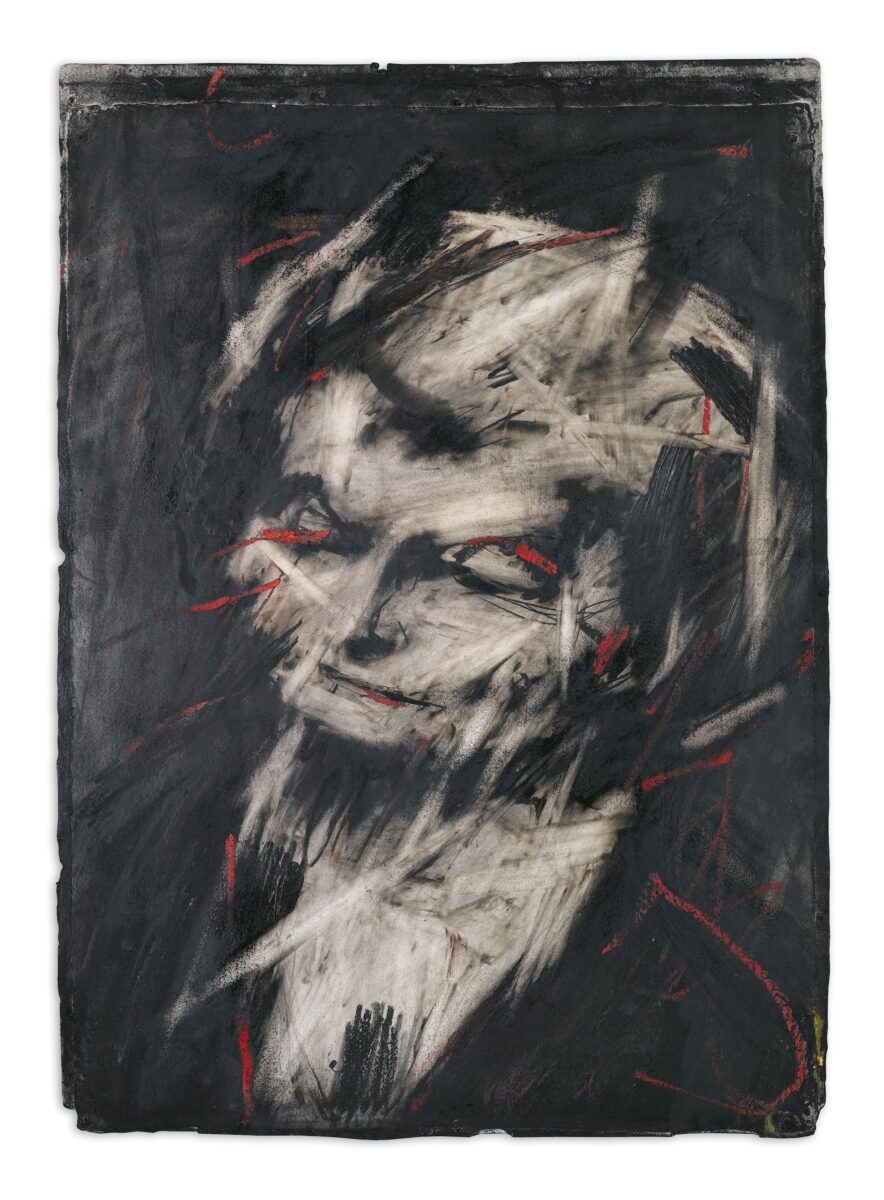
Produced in the 1950s and 1960s during his early years in post-war London, this series of monumental charcoal heads reveal the significance of drawing to the development of Auerbach’s practice as he found his voice as a young artist.
Auerbach created a new way of drawing that pushed the medium beyond conventional limits, and he considered these drawings to be of equal status to his paintings. The qualities and possibilities of charcoal allowed him to make works that offer us experiences – by turns unsettling and beautiful – of what it feels like to comprehend deeply the unique presence of another person.
This series of charcoal heads emerged over numerous sessions with a small handful of sitters who were important people in Auerbach’s life who modelled for him over long periods. Auerbach spent months on each drawing, working, erasing and reworking them completely, sometimes breaking through the paper before patching it up and carrying on. The scars of this intense and vigorous process are evident in the finished portraits, which are richly textured and layered, emerging from the darkness of the charcoal as vital and alive after an embattled process of creation. The drawings connect us to the tenor of their times as lives were rebuilt, and London slowly recovered following the destruction and upending of the Second World War. The drawings express the fragility of life but also how remarkable it is to experience the vitality of a human presence. As Auerbach later put it:

“I feel there is no grander entity than the individual human being… I would like my work to stand for individual experience.”
Auerbach had been sent by his German-Jewish parents from Berlin to school in England in 1939 for his safety when he was seven years old. His parents were killed in the Holocaust and after he left school Auerbach came to London in 1947 aged sixteen and enrolled at art school. The life drawing classes he took, led by the pioneering artist David Bomberg at the Borough Polytechnic Institute, had a formative influence on his commitment to drawing as a fundamental aspect of his practice. This, and his friendship with fellow art student Leon Kossoff, emboldened Auerbach to make the large charcoal heads as works that had equivalent status and impact as his paintings.
He began making a group of these drawings in 1956 of Stella West, with whom he had a long and intense relationship. West sat for him in her bedroom with Auerbach kneeling on the floor, his drawing board propped on an old chair, working long into the night. He also made a group of portrait heads of Leon Kossoff at this time. In the late 1950s he embarked on two self-portraits and made a group of remarkable drawings of a few other people he knew well, including his older cousin Gerda Boehm and Julia Wolstenholme, whom he married in 1958. These works, each produced over many months and always reworked from top to bottom at each session with the sitter until he deemed them finished, combine deep and considered scrutiny with liveliness and spontaneity. Above all, the enduring presence of the sitter is paramount.

The exhibition at The Courtauld will bring together seventeen of these major drawings, showing them together with a selection of six paintings Auerbach made of the same sitters.
Auerbach considered his painted and charcoal portraits as entwined, and he worked on them alternately with the same intensity over similar extended periods. The choice of paintings in this exhibition demonstrates the interplay between them and his drawings. Such was the importance of the charcoal heads to Auerbach that his second solo-exhibition at the Beaux Arts gallery in London in 1957 was dedicated to a group of these works and he also included them alongside his paintings in subsequent shows.
The exhibition at The Courtauld is the first time such a substantial group of the post-war charcoal heads have been brought together, drawn from public and private collections, including works that have rarely been exhibited before.
Many of these works were made in Auerbach’s studio in Mornington Crescent, London, which he took on in 1954 and where he still works to this day. Throughout his long career, Auerbach has continued to make paintings and large standalone drawings of a small group of people who have sat for him over many years. His remarkable post-war charcoal heads established Auerbach’s way of working and his fascination with the human form that has endured for more than seventy years.
The exhibition is curated by Barnaby Wright, Deputy Head of the Courtauld Gallery, and is accompanied by a catalogue, the result of new research and conversations with the artist, including an essay by Colm Tóibín.
Frank Auerbach: The Charcoal Heads, 9th February – 27th May 2024 The Courtauld Gallery
Tickets for Frank Auerbach: The Charcoal Heads are now on sale: courtauld.ac.uk/exh-frank-auerbach
Friends get free unlimited entry to all exhibitions, access to presale tickets, priority booking to selected events, advance notice of art history short courses, exclusive events, discounts and more. Join at courtauld.ac.uk/friends
The exhibition is supported by the Huo Family Foundation and The Garcia Family Foundation, with additional support from the Rothschild Foundation. With thanks to Frankie Rossi Art Projects for their support in the organisation of the exhibition. The post of the exhibition’s curator, Barnaby Wright, is generously supported by Daniel Katz.


